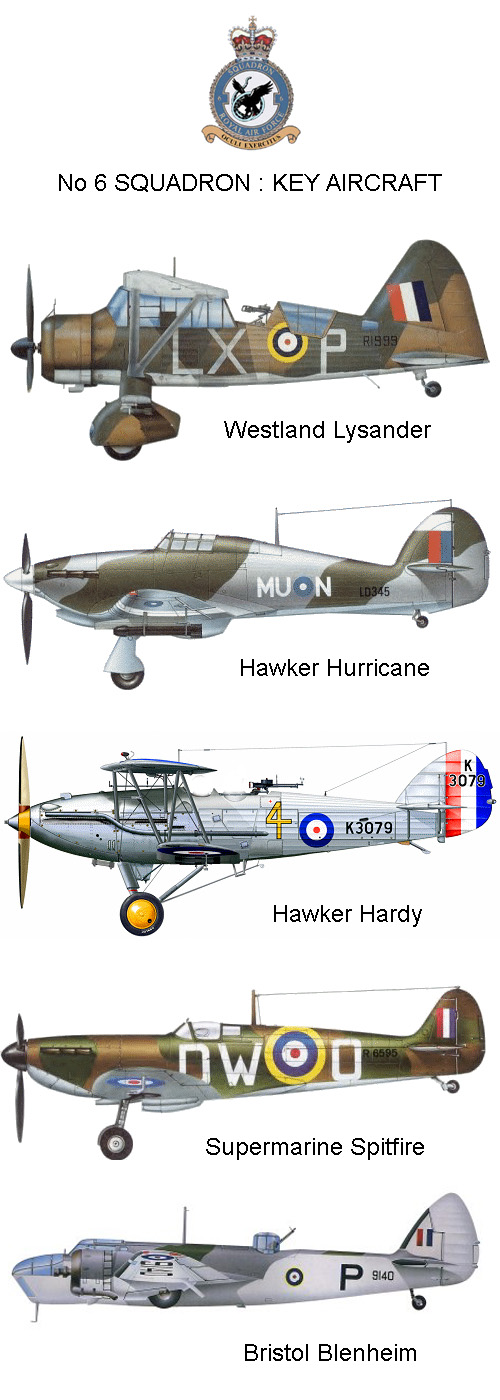
6 Squadron raf association website
Links to an external site.
Learn more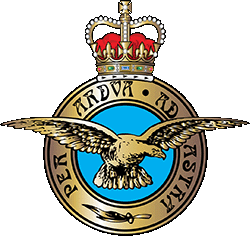 the RAF AT EL GEDIDA
the RAF AT EL GEDIDAEL GEDIDA, the Sudan (30.72N, 31.87E) approx. height above sea level : 961 ft
Home base to No 6 and No 237 RAF Squadrons - Active 1940 through 1946
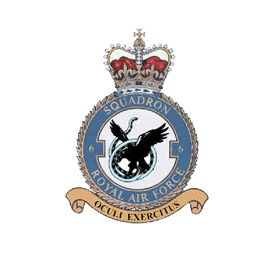 No 6 SQUADRON was formed on 31 January 1914 at Farnborough and transferred to Iraq in 1919. In 1929 it moved to Egypt as a bomber squadron (equipped with Fairey Gordons). In 1938 the squadron relocated to Palestine equipped with Hawker Hardys (a low flying, light bomber bi-plane) as ground support, and Westland Lysanders (renowned for their ability to operate quick clandestne missions from small, unprepared airstrips) for message dropping and artilery spotting.
No 6 SQUADRON was formed on 31 January 1914 at Farnborough and transferred to Iraq in 1919. In 1929 it moved to Egypt as a bomber squadron (equipped with Fairey Gordons). In 1938 the squadron relocated to Palestine equipped with Hawker Hardys (a low flying, light bomber bi-plane) as ground support, and Westland Lysanders (renowned for their ability to operate quick clandestne missions from small, unprepared airstrips) for message dropping and artilery spotting.
In September 1940 No 6 Squadron started tactical reconnaissance operations in the Western Desert although the squadron HQ remained in Palestine. By June 1941 it was decided to fully re-equip the squadron with Hurricanes and after receiving Hurricane IIDs in April of 1942, the squadron now took on the role for which it would excel - 'tank busting', its Hurricanes being fitted with two 40mm cannons under the wings. This role is commemorated in the nickname and its unofficial badge - 'The Flying Can-openers'. Converting to rocket firing Hurricanes, it fought through Italy and over the Adriatic and Balkans, returning to Palestine in July 1945.
The last Hurricanes were eventually replaced in late 1946, although No 6 still operated Spitfires, becoming the last squadron to operate this fighter type as front line equipment. The squadron itself was eventually disbanded on the 31st of May, 2007.
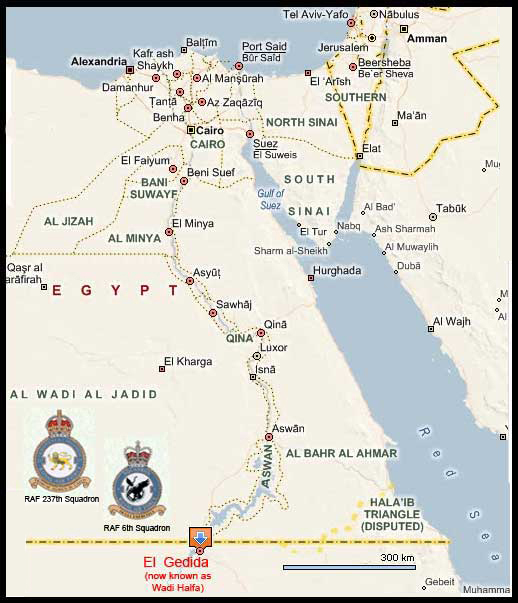
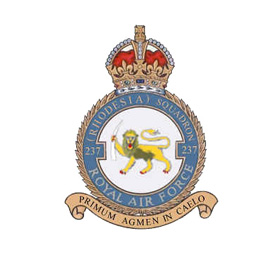 No 237 SQUADRON was originally formed at RAF Base Cattewater in August of 1918 and operated coastal missions using Short seaplanes for anti-submarine patrols in the English Channel until it was disbanded following the end of the First World War on the 14 May 1919.
No 237 SQUADRON was originally formed at RAF Base Cattewater in August of 1918 and operated coastal missions using Short seaplanes for anti-submarine patrols in the English Channel until it was disbanded following the end of the First World War on the 14 May 1919.
The squadron was re-formed as No 237 Rhodesia Squadron on 22 April 1940 when No 1 Squadron Southern Rhodesia Air Force came under Royal Air Force control. It operated a number of Hawker biplanes and was based on the Abyssinian border as part of the East African Campaign defending against the movement of Italian troops moving down from the North. In the Autumn of 1940 the squadron moved into the Sudan for operations in Eritrea and added Westland Lysanders and Gloster Gladiators to the unit strength.
In May 1941 the squadron moved to Egypt and was re-equipped with Hawker Hurricanes tasked with undertaking tactical reconnaissance duties in the Western Desert. In May 1942 the squadron moved to Iraq as a defence against any German invasion and then to Libya in an air defence role.
Squadron 237 was re-equipped with the Supermarine Spitfire (Mark VCs first, followed by Mark IXs) and then moved to Corsica to fly night operations over Southern France and Northern Italy. It was eventually re-numbered as No 93 Squadron on the 1st of January 1946.
A complete list of WW2 RAF Squadrons can be found HERE (links to an external site).
SELECTED SOURCES: the Royal Air Force Museum, The No 6 Squadron RAF Association, The Rhodesian Air Force, and Wikipedia (No. 6 & No. 237 RAF Squadrons) websites.

Links to an external site.
Learn more
Links to an external site
Learn more